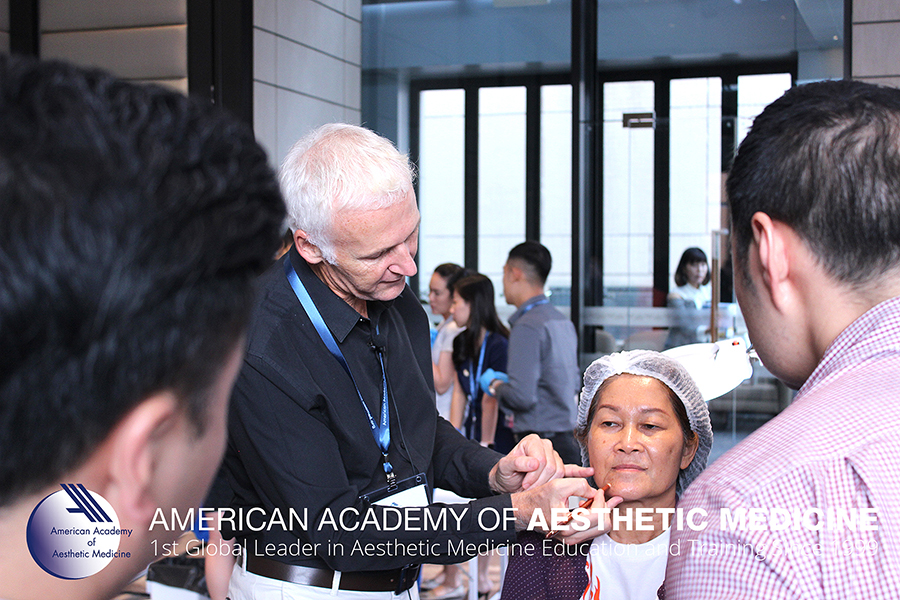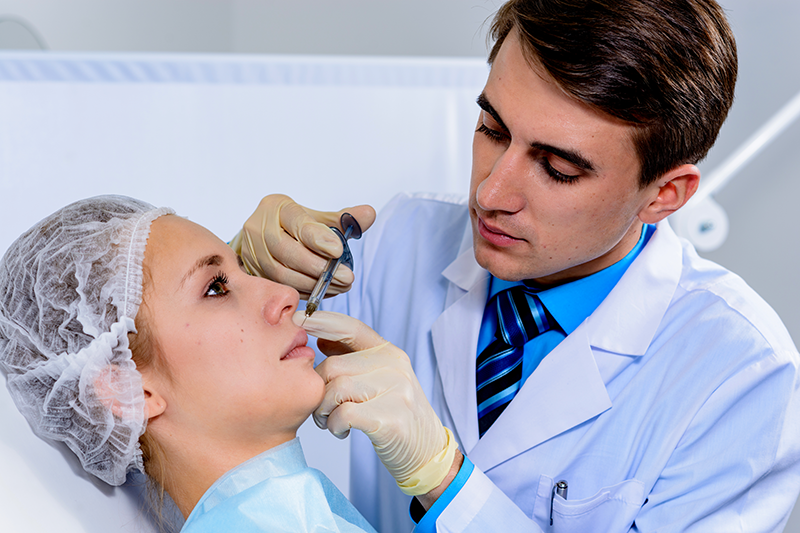- Home
- Events & Education
Upcoming Courses
L1Level 1 Certificate Course in Aesthetic Medicine
January 16 - January 18, 2026Los Angeles, CaliforniaL1Level 1 Certificate Course in Aesthetic Medicine (Spanish)
February 20 - February 22, 2026Medellín, ColombiaL1Level 1 Certificate Course in Aesthetic Medicine
March 13 - March 15, 2026Dallas, TexasMMasters Course in Liposuction Procedures & Fat Grafting Techniques
April 10 - April 12, 2026Cerritos, CaliforniaL1Level 1 Certificate Course in Aesthetic Medicine
April 17 - April 19, 2026Newark, New JerseyL2Level 2 Diploma Course in Aesthetic Medicine
May 13 - May 17, 2026Las Vegas, NevadaL1Level 1 Certificate Course in Aesthetic Medicine
May 15 - May 17, 2026Las Vegas, NevadaL3AAAM Board Examination
May 16 - May 16, 2026Las Vegas, NevadaL1Level 1 Certificate Course in Aesthetic Medicine (Spanish)
May 22 - May 24, 2026Mexico City, MexicoL2Level 2 Diploma Course in Aesthetic Medicine
June 3 - June 7, 2026Port of Spain, TrinidadL1Level 1 Certificate Course in Aesthetic Medicine
June 5 - June 7, 2026Port of Spain, TrinidadL3AAAM Board Examination
June 7 - June 7, 2026Port of Spain, TrinidadL1Level 1 Certificate Course in Aesthetic Medicine
June 12 - June 14, 2026Philadelphia, PennsylvaniaL1Level 1 Certificate Course in Aesthetic Medicine
August 14 - August 16, 2026Los Angeles, CaliforniaAAdvanced GLP-1 Certification: Metabolic Medicine, Weight Optimization & Body Contouring
September 9 - September 10, 2026Cerritos, CaliforniaMMasters Course in Liposuction Procedures & Fat Grafting Techniques
September 11 - September 13, 2026Cerritos, CaliforniaL1Level 1 Certificate Course in Aesthetic Medicine
September 18 - September 20, 2026New Orleans, LouisianaL1Level 1 Certificate Course in Aesthetic Medicine
October 16 - October 18, 2026Chicago, IllinoisL2Level 2 Diploma Course in Aesthetic Medicine
November 8 - November 12, 2026Miami, FloridaL1Level 1 Certificate Course in Aesthetic Medicine
November 10 - November 12, 2026Miami, FloridaL3AAAM Board Examination
November 12 - November 12, 2026Miami, FloridaL1Level 1 Certificate Course in Aesthetic Medicine
December 11 - December 13, 2026Las Vegas, NevadaUSA Courses
- CONGRESS
- BOARD CERTIFIED PHYSICIANS
- CME
- COMMUNICATIONS HUB
- CONTACT US
- Membership
- LOGIN |||


